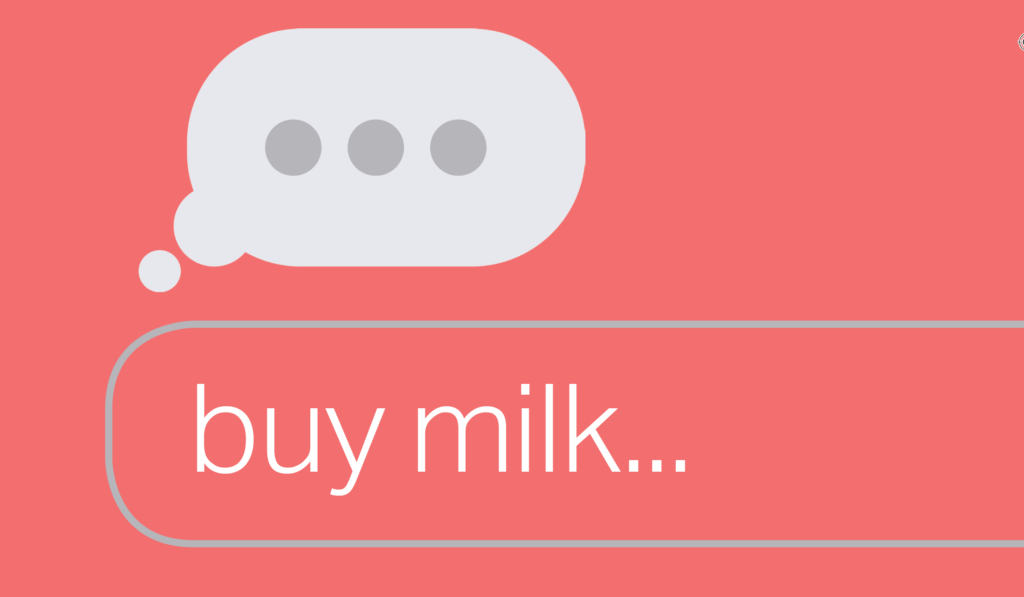How revolutionary Artificial Intelligence technology is changing everything we know about e-commerce
It’s the year 2020 and you are about to buy the newly released iPhone 10. Instead of logging on to Amazon.com or downloading the Amazon shopping app, you simply open up Messenger, find Amazon on your contacts list and tap in “I want to buy an iPhone 10.” Instantly, Amazon responds “Okay, I’ll be happy to help you,” shows you a selection of iPhone 10 color options, displaying the price and specification details. “Would you like to proceed and confirm the purchase?” it asks. “Yes please,” you write back. A few days later, your brand new iPhone 10 arrives on your doorstep.
Welcome to the world of chatbots.
Simply put, a chatbot is a computer program that mimics human conversation through artificial intelligence (AI). Various versions of this technology have existed in science fiction for years and have recently come to real life in limited form as smartphone digital assistants, Siri and Cortana. Instead of opening the weather app to check the temperature, Siri will tell you to expect a sunny day. Instead of manually searching, “How to make paella” on Google, Cortana will do it for us and tell us when to add the saffron.
Mildly useful but today’s chatbots are still fairly crude. However tech giants across the world – including Facebook, Google, and Microsoft – are betting that these technologies will become ubiquitous in the near future and are pouring millions of development dollars into them. Microsoft CEO Satya Nadella describes chatbots as: “technology that’s inevitable.”
But why is it inevitable? What future are the tech companies envisioning? And how does it affect business owners?
According to tech insiders, chatbots matter because they could transform the way we use the Internet. All our web activity, browser-based or app-based, could be done via a single messaging app. Today we look for trending articles on CNN.com; tomorrow we might just message the CNN chatbot, which will simply tell us the latest news. If chatbots become mainstream reality, it marks the most fundamental shift in Internet behavior since the advent of apps themselves. As a spokesperson at popular messaging app Kik explains: “First there were websites, then there were apps. Now, there are bots.”
But if the chatbot revolution is coming, why is it coming via messaging apps? According to [research company] BI Intelligence, more people use messaging apps like Messenger, Kik, or WhatsApp than even the biggest social networks such as Facebook, Twitter or Instagram. The rise in messaging is converging with another trend known as ‘app fatigue’, where people are tired of having to install new apps for each brand or platform. Studies show that as early as 2014, 65.5% of U.S. smartphone users had stopped downloading new apps, and 55% said that they only use between one and four apps every day. As smartphone usage becomes increasingly centralized around a few core apps, tech companies have realized that deploying sophisticated chatbots in messaging apps has the potential to replicate and simplify the ‘complete’ Internet experience.
Instead of creating proprietary shopping apps or websites, companies’ e-commerce efforts may soon be focused on writing code for a chatbot. That way they can offer their customers the ease and convenience of buying something without leaving whatever app they’re in. “We think that you should just be able to message a business in the same way you message a friend,” Mark Zuckerberg explained during Facebook’s 2016 F8 developer conference. “You should get a quick response. And it shouldn’t take your full attention like a phone call would. And you shouldn’t have to install a new app.”
Emerging chatbot technology could have a huge impact on future business opportunities and brands and business owners need to understand it. So let’s take a look at an existing chatbot on Messenger to learn how you can apply this to your company.
[ms-protect-content id=”4069,4129”]
Scenario:
Jack and his wife are celebrating their 5th wedding anniversary and he wants to send her some flowers. Jack opens up his Messenger app, goes to the contacts search area and types 1-800-Flowers, a popular US-based flower delivery service. Messenger finds the 1-800-Flowers.com bot, which Jack adds as a contact.
Jack begins chatting with the bot; it welcomes him and offers him a choice: place an order or get customer support. Jack selects ‘Order Flowers’.
The bot asks where Jack wants the flowers to go. He inputs his wife’s office address so he can surprise her at work.
“When would you like these delivered?” the bot asks, prompting Jack to choose the date.
Now the tricky part: Jack must choose the right flowers for his wife. The selection process itself is very easy; the bot allows Jack to filter the type of arrangement and the final bouquet.
So Jack has tentatively made a selection and the bot asks him for a host of relevant information, including phone numbers and a custom message to accompany the flowers.
The bot now asks for Jack’s billing information. It also lets him know that all of his personal information can be saved for future orders.
Finally, Jack can input his credit card information and confirm his purchase.
Tharawat Magazine, Issue 30, 2016
[/ms-protect-content]

